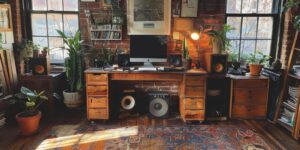The Interior Design Blog
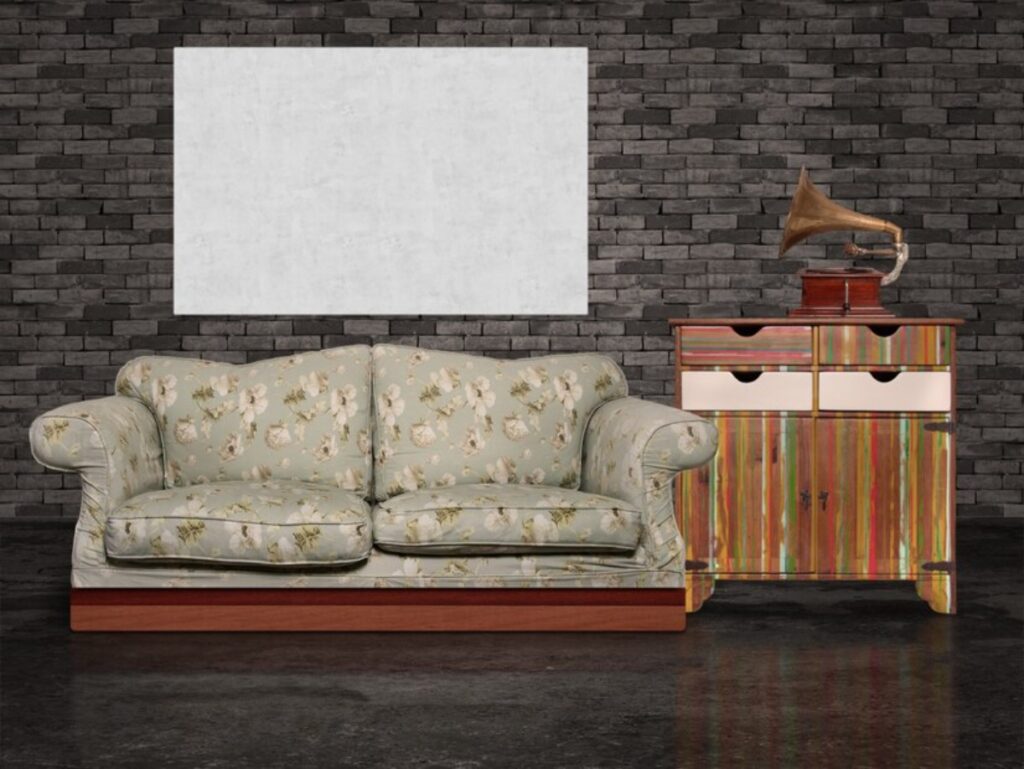
90s Home Decor Ideas Making a Comeback
When you thought inflatable chairs and glass blocks were dead, the 90s interior design returned. But never fear; this revival arrives in style and is well-curated. In other words, think Friends apartment, not teen bedroom chaos.
The return of nostalgic home trends is all about comfort and personality. It expresses a yearning for familiarity in a time of uncertainty. The 90s mixed minimalism with maximalism. It had stylish Scandinavian furniture, blocks of vivid colour and offbeat accents. This mélange is ideal for today’s redoing.
90s vintage prose is in style once again. It brings warmth and nostalgia, though it now aligns with modern-day tastes. We see:
- Characterful chunky furniture
- Natural hues and soft colour schemes
- Pattern-heavy textiles
- Pop culture to faux florals: eclectic accessories
So, in this article, we’re going to break down the 90s interior style elements reappearing in homes today. These can include colour schemes, furniture styles, and the minor details that made the decade, and we’re here to help you mix these throwback trends in a fresh, modern way.
Whether you grew up with these designs or are discovering them now, a cosy charm in a space nods to the 90s. Let’s find the best bits to revive—while skipping the cringe-worthy ones.
The Core Elements of 90s Interior Design
To grasp what’s returning, we must identify what defined 90s interior design.
Hallmarks of the Era
- Muted Colours: Peach, sage green, mauve, dusty blue, and beige dominated walls and textiles.
- Curved Furniture: Sofas, headboards, and coffee tables had soft, rounded edges.
- Textured Walls: Think sponge painting, wallpaper borders, and stucco finishes.
- Natural Materials: Wicker, pine wood, and terracotta accents added an earthy touch.
- Pop Culture Accessories: Posters, lava lamps, CD towers, and themed décor (yes, entire rooms inspired by The Simpsons).
Design Movements Within the 90s
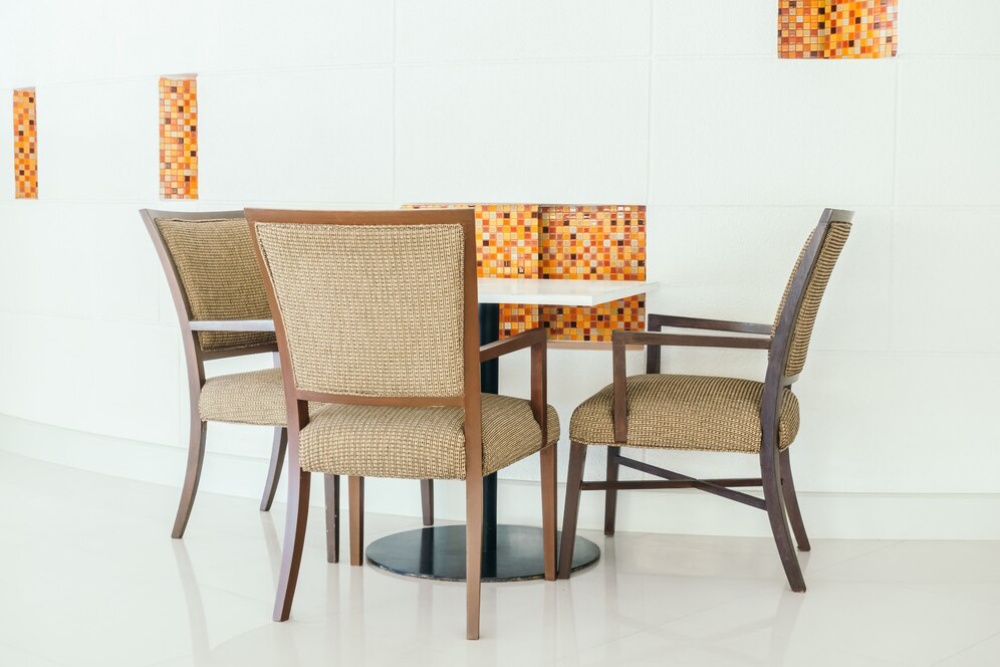
- Minimalism: Inspired by Japanese and Scandinavian styles, it emphasised open spaces and functional furniture.
- Eclectic Maximalism: Rooms piled high with prints, textures, and statement pieces.
- Grunge Influence: Industrial decor, exposed brick, and darker palettes became popular towards the decade’s end.
This decade bridged the warmth of 80s decor with the emerging sleekness of the 2000s. Its eclecticism makes it fun to play with today.
Colour Palettes That Are Back in Style
If you’ve noticed more interiors with sage green walls or terracotta accents, you’re not imagining it. The 90s colour palette is enjoying a soft comeback.
Trending 90s Colour Schemes
- Earth Tones: Rust, ochre, and clay provide a grounded base.
- Soft Pastels: Peach, mint, mauve, and baby blue feel nostalgic yet calming.
- Monochrome Moments: Black and white with pops of bold colour.
- Beige and Taupe: Once seen as “boring,” these hues now add minimalist elegance.
These colours appeal as people seek comfort and calm in their surroundings. According to Dulux’s 2024 Colour Trends report, warm neutrals and heritage hues are gaining popularity, especially in post-pandemic design.
How to Use Them in Modern Homes
- Paint walls in dusty pastels for a serene backdrop.
- Choose earth-toned upholstery for sofas and chairs.
- Incorporate colours through accessories: lampshades, vases, or picture frames.
- For depth, layer tonal variations (e.g., warm beige with sandy yellow).
Don’t shy away from sage green—it pairs beautifully with modern neutrals and mid-century shapes, seamlessly bridging eras.
90s Furniture Styles Reimagined
90s furniture focused on comfort and character—traits rising again in current trends. The aim now is to reinterpret these shapes and materials more refined.
Features Making a Comeback
- Overstuffed Sofas: Big, plush seating is back, especially in boucle, velvet, and corduroy.
- Curved Silhouettes: Round coffee tables, arched mirrors, and scalloped headboards.
- Glass & Metal Tables: A sleek nod to futuristic minimalism.
- Pine and Oak Units: Light wood furniture adds warmth, especially in dining areas.
- TV Stands and Entertainment Centres: Now styled as media units with clean lines.
Modern interpretations keep comfort while shedding some bulkiness. For example, modular sofas with soft curves and minimalist legs look modern while referencing the past.
How to Source & Style
- Mix vintage and new: Pair a 90s pine chest with a modern linen sofa.
- Shop second-hand: Facebook Marketplace, eBay, and charity shops are great for authentic pieces.
- Update upholstery: A retro chair looks fresh when reupholstered in contemporary fabric.
- Balance form and function: Let practicality lead like in 90s homes.
Remember proportions—many 90s pieces were generously sized, so ensure your space can accommodate them.
Nostalgic Textures and Fabrics
Fabric choices in the 1990s were tactile and expressive, adding personality to otherwise simple spaces. Today, many of these materials are back—with modern upgrades.
Popular 90s Textures
- Chenille: Soft and plush, perfect for throw pillows or accent chairs.
- Corduroy: Making a significant return in upholstery.
- Bouclé: Although often linked to mid-century style, its texture fits the 90s’ comfort focus.
- Sheer Curtains: Letting in light while maintaining softness.
- Wall-to-Wall Carpeting: Surprisingly, this is back—especially in bedrooms for warmth.
How to Use These Textures Today
- Layer a corduroy cushion on a linen sofa for contrast.
- Add a chenille throw over a modern bench.
- Choose bouclé armchairs for tactile interest.
- Use patterned sheer drapes in soft pastel tones for a whimsical vibe.
Texture creates a welcoming and nostalgic environment that encourages you to sink in and stay awhile.
Vintage Accessories That Define the 90s Look.
Sometimes, it’s the minor touches that shout 90s. If styled correctly, these accessories are making a comeback in modern homes.
Must-Have Retro Accessories
- Lava Lamps: Now in sleeker forms or colour-coordinated finishes.
- Faux Florals: Especially dusty pink roses and eucalyptus.
- Ceramic Vases: In odd shapes or pastel glazes.
- Poster Art and Framed Prints: Music, pop art, and abstract shapes.
- CD Racks and Cassette Tapes: Used as décor rather than storage.
- Frilly Lampshades and Fringe Details: From standard lamps to side-table pieces.
How to Style Without Overdoing It
- Use one or two bold nostalgia pieces per room.
- Pair 90s accessories with neutral backdrops to avoid clutter.
- Create a curated shelf of music memorabilia, books, and retro finds.
- Introduce quirky vases and planters to coffee tables or kitchen shelves.
The goal is to evoke nostalgia, not recreate a decade wholesale. Selectively adding vintage accessories makes your home feel personal and intentionally styled.
Modernising 90s Decor: What to Keep, Tweak or Skip
With any vintage decor revival, not everything from the 90s needs to return as it was. Some ideas need tweaking, while others should be left behind.
What to Keep
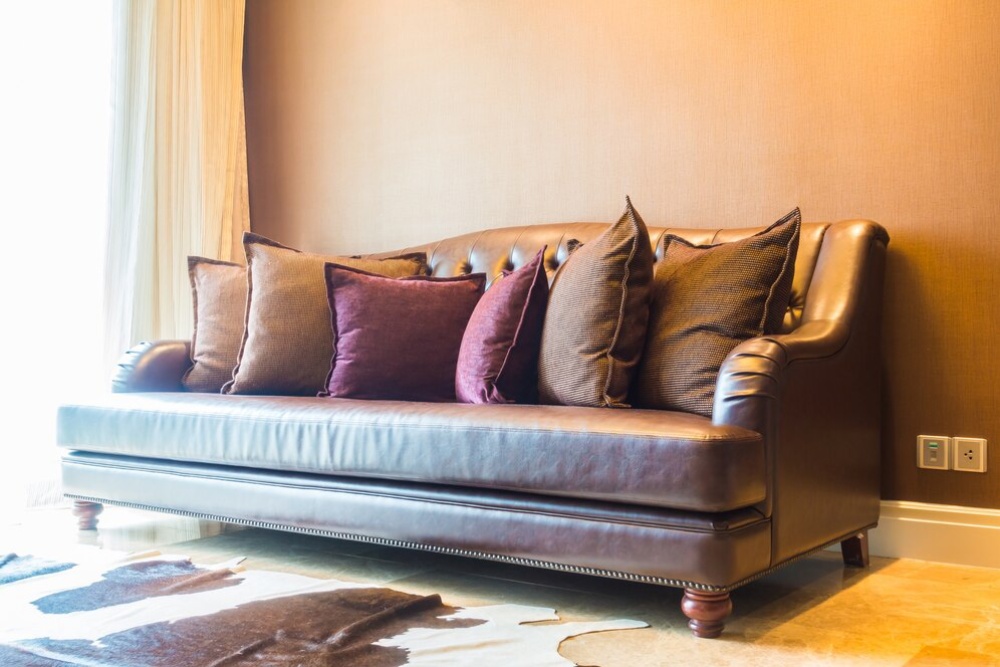
- Curved furniture
- Soft pastels and earth tones
- Glass and chrome tables
- Textured fabrics like corduroy and chenille
What to Tweak
- Replace sponge painting with limewash or plaster-effect paints.
- Swap wallpaper borders for wainscoting or panelled features.
- Update pine furniture with matte finishes or new hardware.
What to Skip
- Inflatable furniture
- Carpeted bathrooms
- Vertical blinds (unless modernised with luxe materials)
- Glow-in-the-dark stars (unless it’s a playful kids’ space)
Thoughtful curation elevates 90s inspiration into a stylish, modern-day interior.
A Warm Welcome Back to the 90s
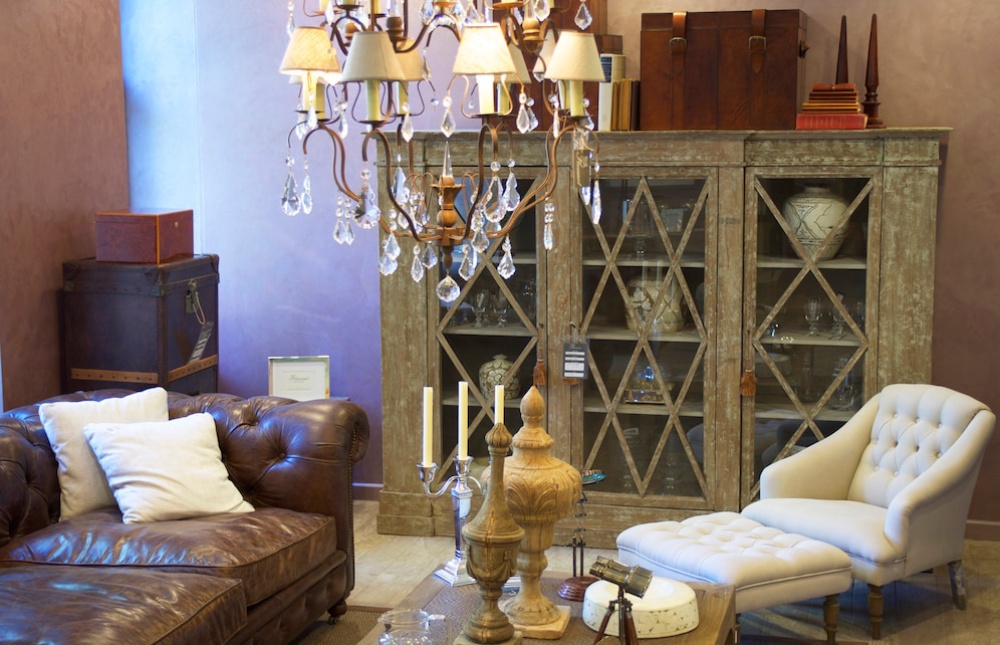
Today, it’s pretty comforting to see the revival of vintage decor. The revival of the 90s interior greenery contributes to that cosiness.
This decade featured warm colours, soft fabrics, and a relaxed home style that remains so today. Welcome to a room that feels like both of those things. You belong here, whether you’re going all in on the trends or just exploring them for now.






